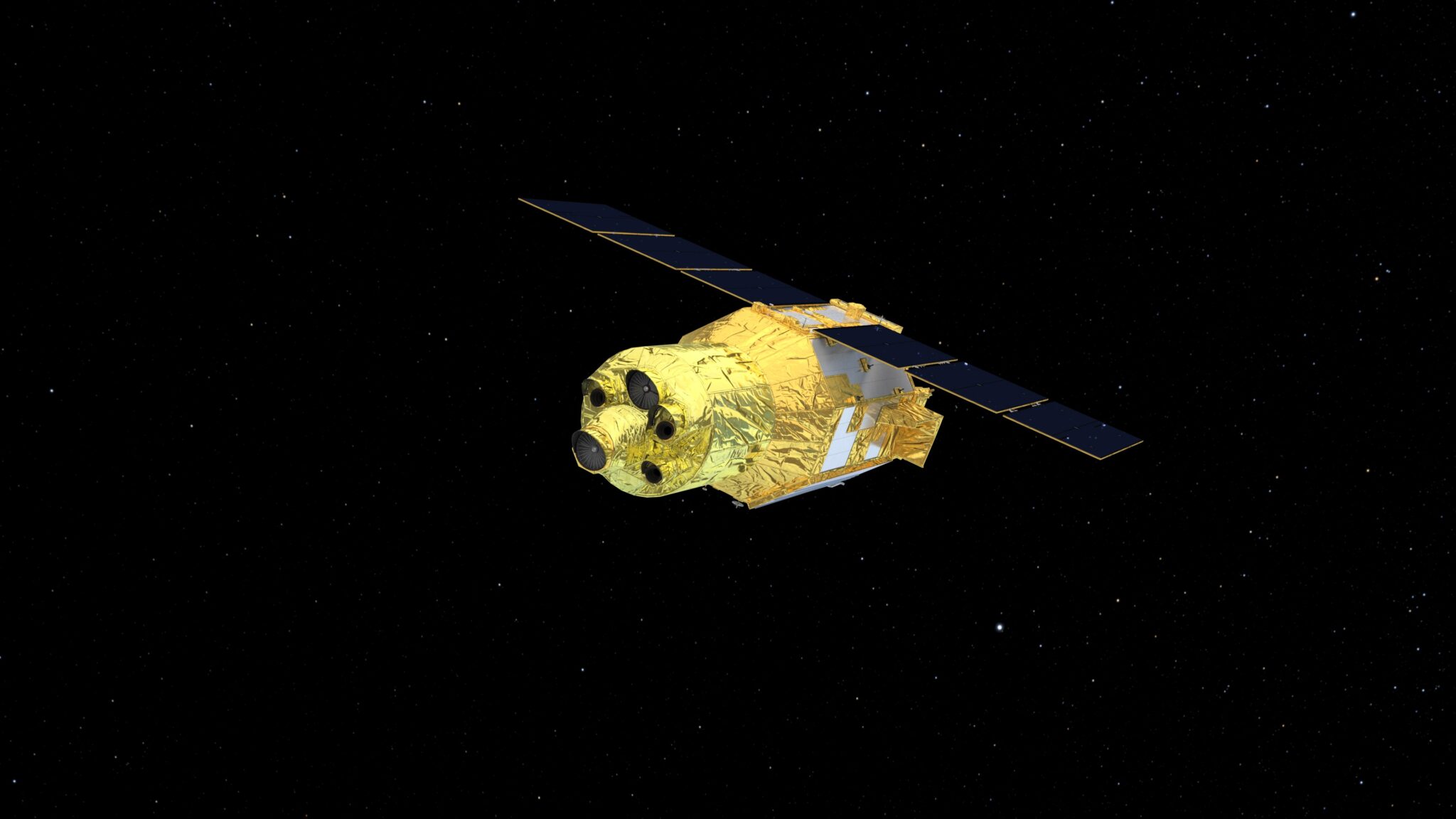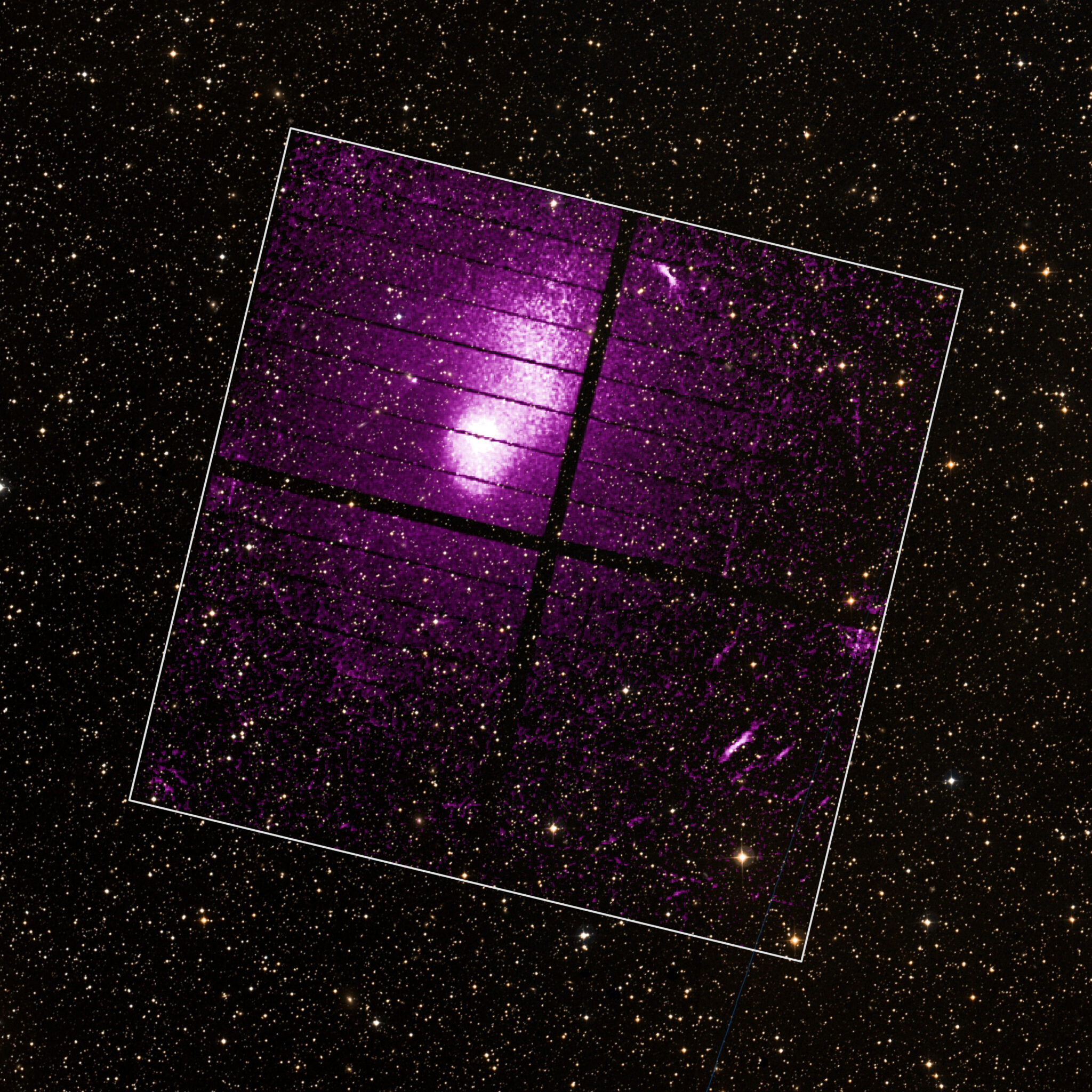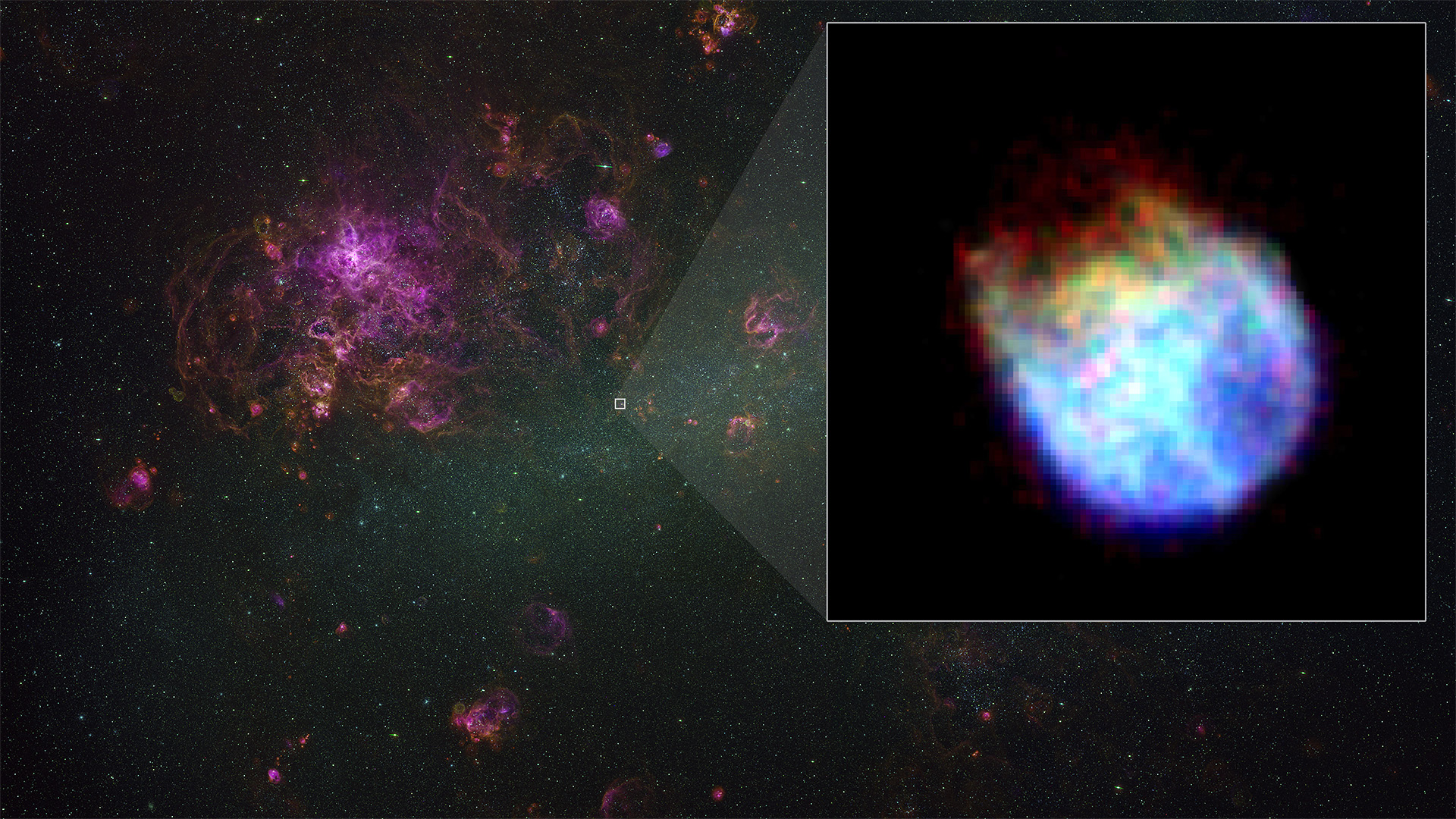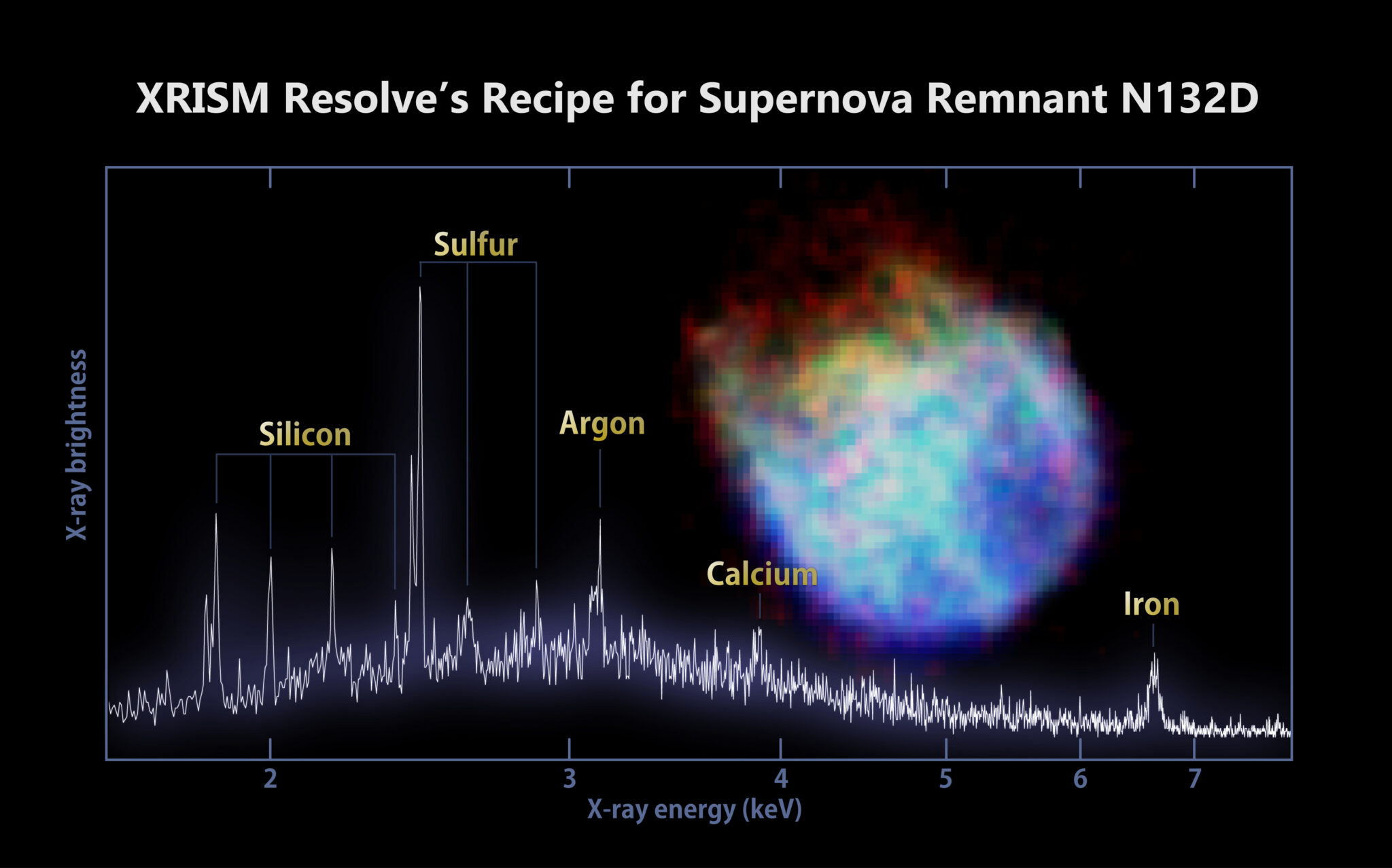The Japanese space agency JAXA has published the first test images obtained from the XRISM observatory. These impressive images show galaxy clusters and supernova remnants while revealing the mysteries of the chemical composition of these objects.

XRISM is the result of a collaboration between JAXA and NASA, with the participation of the European Space Agency. The name stands for “X-ray Imaging and Spectroscopy Mission”. The observatory was launched into a 550-kilometer Earth orbit in September 2023.
The observatory functions like X-ray lenses, allowing astronomers to identify aspects of space that would go unnoticed in the optical range. The telescope is capable of detecting X-ray radiation in the energy range from 400 to 12,000 electron volts. At the same time, it should be noted that the visible light available to the human eye has significantly lower energy – only 2-3 electron volts. That is why XRISM opens up new perspectives for studying hot objects in the Universe, such as explosive supernovae and black holes.
What objects did XRISM show?
One of the objects used as XRISM test images was the galaxy cluster Abell 2319. This group of galaxies, stretching over 3 million light-years, is eclipsed by X-ray gas heated to millions of degrees. The study of this gas allows astronomers to calculate the total mass of the cluster, which, in turn, reveals to us the secrets of the evolution of the Universe.

X-ray images taken by XRISM’s Xtend instrument were combined with images taken by terrestrial telescopes to create full-fledged space photography. Xtend uses a special camera to capture images of a wide field of X-rays. Scientists hope that, due to its wide field, this instrument will facilitate easier identification of large-scale structures in the Universe.
Another exciting object for XRISM was the supernova remnant N132, located in the Large Magellanic Cloud at a distance of about 160 thousand light-years from us. It is believed that the age of this remnant is about 3 thousand years. This is the colored remnant of a supernova, the mass of which was 15 times the mass of the Sun.

The Resolve instrument, which operates at temperatures just above absolute zero, provides information about the chemical composition of the supernova. The elements found include silicon, sulfur, calcium, argon and iron. According to NASA, the information obtained with Resolve is the most detailed X-ray spectrum that has ever been recorded in supernovae.

XRISM hasn’t started anything yet
Although regular XRISM work will begin later this year, test images are already revealing the satellite’s extensive capabilities, as well as expanding our understanding of the X-ray universe.
Studying these images brings new information about energy processes and structures in the most remote corners of the universe, revealing the secrets of its invisible aspects and at the same time creating new questions for future research.
Earlier, we reported on how JAXA would land the strangest lunar rover on the Moon.
According to NASA
Follow us on Twitter to get the most interesting space news in time
https://twitter.com/ust_magazine


